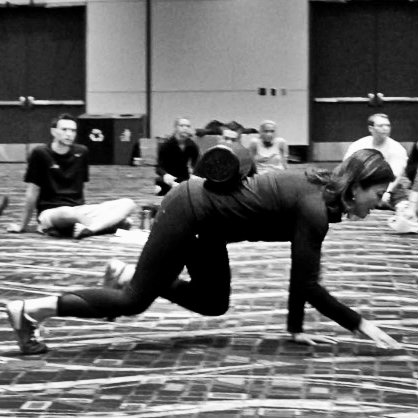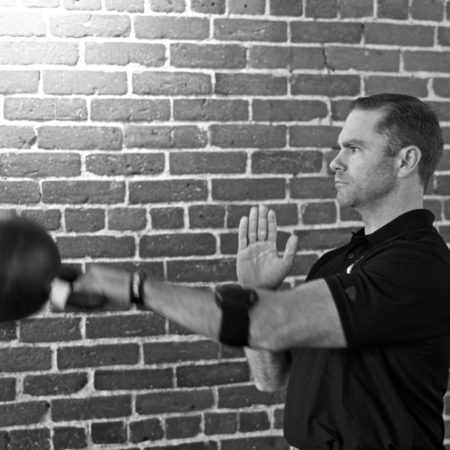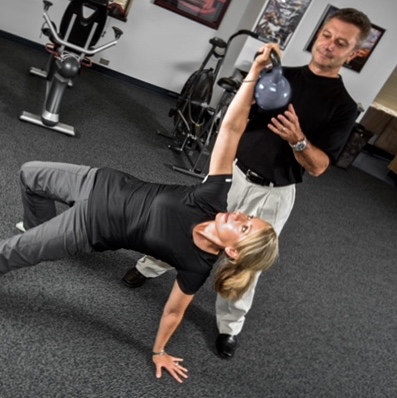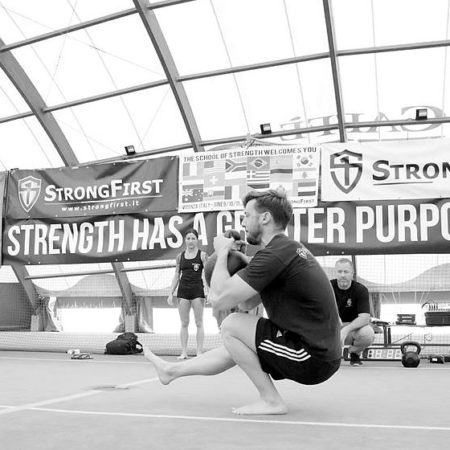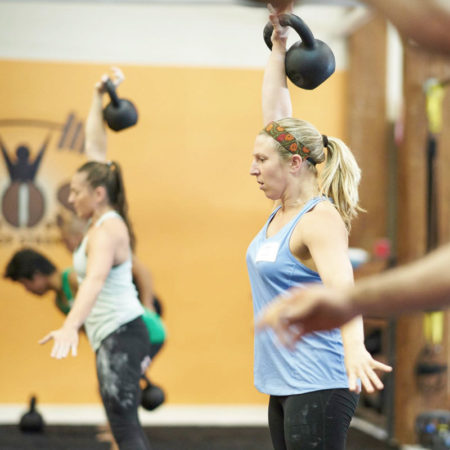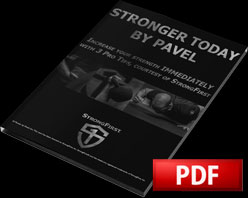Tag: Injury Prevention
StrongFirst is built upon universal strength principles that are applied to the three modalities we teach: kettlebell, barbell, and bodyweight. Although our focus is on these specific modalities, our principles can be applied to any training tool. StrongFirst principles translate complicated, scientific methods into simple, applicable programs that can be immediately applied to training. Our […]
StrongFirst Podcast Episode – 03 Summary: In this episode Craig and Scott interview Dr. Travis Jewett about what it means to move right and to be strong at the same time. Show Notes: 00:55 Dr. Travis Jewett is a chiropractor, Beast Tamer, SFL and SFG. He teaches the Mobility WOD courses and runs the StrongFirst […]
It remains a point of contention—is squatting bad for your knees? Is it safer to squat no lower than parallel? Or are these merely myths, perpetuated by trainers who simply don't know how to properly establish a comfortable, full-depth squat pattern for those who struggle with it?
Tammy Baskett is a 61-year-old dedicated student of strength and a massage therapy client of mine, but it hasn’t always been this way.
Ground Force Method is a movement system where the focus is on the quality of your movement. We believe that before you move more, move stronger, or move faster, moving better should be the goal.
I recently attended a conference and watched a presentation by a highly respected clinician and researcher who specializes in chiropractic and neuro physiology. He works very hard to show the link between movement of the joints and what happens at the brain level. His research dives deep into pain and inflammation, along with keeping joints […]
Your fitness is a result—not of the work you perform—but of the work you recover from. The research suggests shorter sets with limited drop-off of power and velocity, with sufficient rest—for a lower biological cost. And this is how to measure it.
If you are a physical therapist—or a patient of one—this is an absolutely crucial read. It covers a lot of ground with regard to effective and responsible patient rehab utilizing StrongFirst kettlebell principles, so be sure to bookmark it for later reference.
Understanding and regularly assessing your baselines will help you achieve quicker strength gains and keep injuries at bay. You will begin to train smarter, not harder.
Since this is StrongFirst and principles are our foundation, our approach to injury prevention also needs to be principle based. Here are the ten most important things to do as part of your training to minimize your risk.




